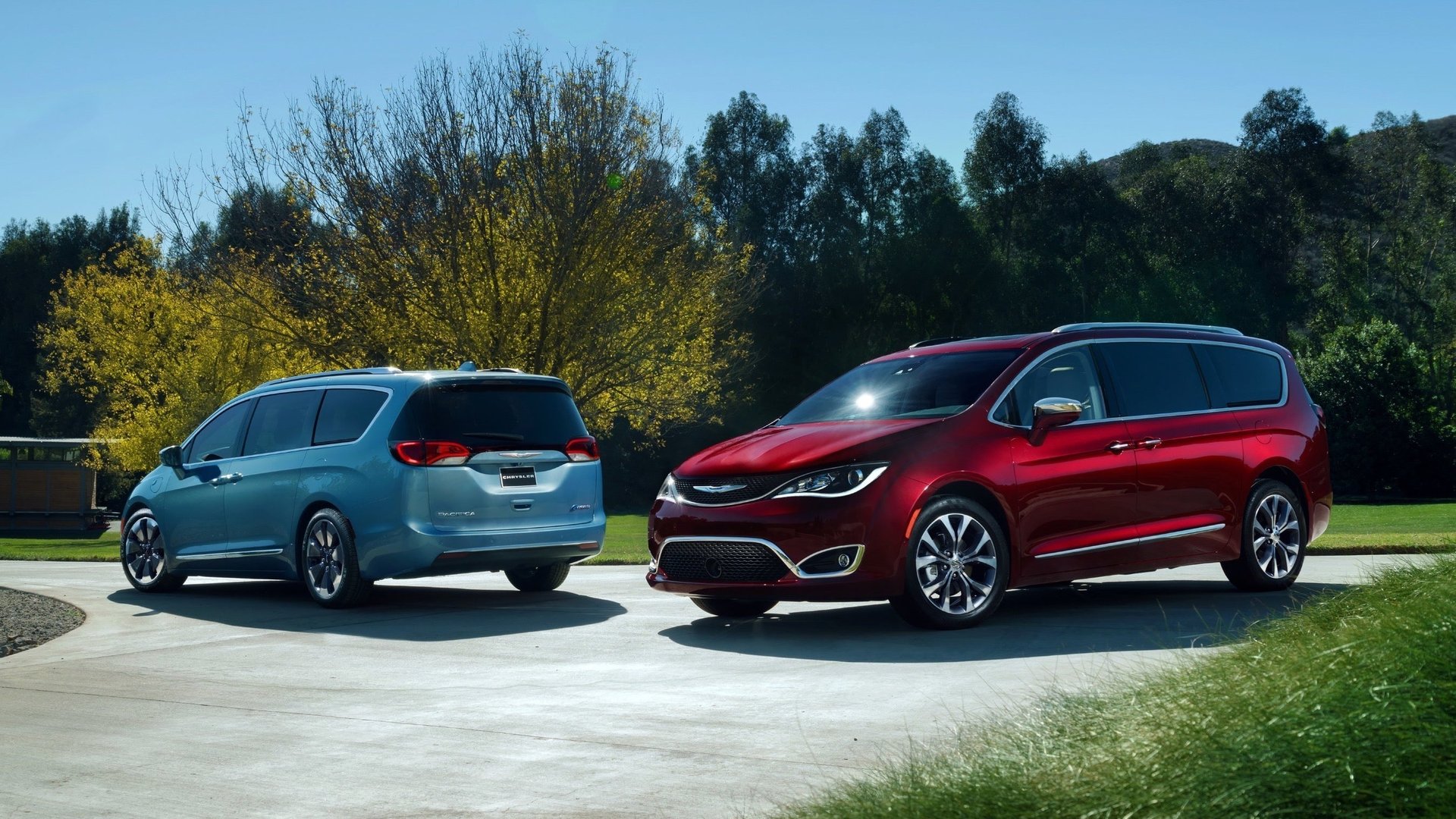Google’s next self-driving cars are going to be exceedingly practical Chrysler minivans
Google is growing up. It’s ditching the sporty Lexus SUVs and cute panda-shaped vehicles it’s been using for its self-driving vehicle project, and opting to get something far more sensible: a minivan. The company announced today that it will receive 100 custom-built Chrysler Pacifica minivans from Fiat-Chrysler as it expands its tests in autonomous driving.


Google is growing up. It’s ditching the sporty Lexus SUVs and cute panda-shaped vehicles it’s been using for its self-driving vehicle project, and opting to get something far more sensible: a minivan. The company announced today that it will receive 100 custom-built Chrysler Pacifica minivans from Fiat-Chrysler as it expands its tests in autonomous driving.
The Alphabet subsidiary announced the news in a short post on Google+, saying that it hoped to have the first few new vehicles on the road by the end of the year. The Pacifica, which was redesigned as a minivan and relaunched at this year’s Detroit Auto Show, will go on sale to suburbanites across the US later this year. According to Motor Trend, it has useful features like a built-in vacuum cleaner, 13 cupholders, two 10-inch HD monitors, 12 power sockets, and eight USB ports—everything you’ll need to distract yourself from the fact that you won’t actually be driving this car when you’re in it.
In the blog post, Google said the Pacificas it receives will be specially built to accommodate the technology for the company’s self-driving systems. “The minivan design also gives us an opportunity to test a larger vehicle that could be easier for passengers to enter and exit, particularly with features like hands-free sliding doors,” Google said.
The two companies will “co-locate” engineers in a facility in Michigan to build out the self-driving Pacificas, Fiat-Chrysler said in a press release, with each company’s workers focusing on their areas of expertise.
Google’s self-driving cars have racked up nearly 1.5 million miles on roads in four U.S. cities since 2009. The new minivans will more than double the number of vehicles it’s testing. Google wasn’t immediately available to explain whether this was the first step in a longer-term collaboration between the two companies, or how this order affects the company’s relationship with Lexus, which supplied the first tranche of vehicles Google tested.
Perhaps, as Alphabet reorganizes its robotics and “moonshot” research, it’s started to mature. That might be why it’s chosen to go with such a practical, spacious vehicle. Maybe soon its Atlas robots will be considering how’re they’re managing their 401(k) plans, and its drones will make sure they don’t forget to put on a hat when it’s cold outside.